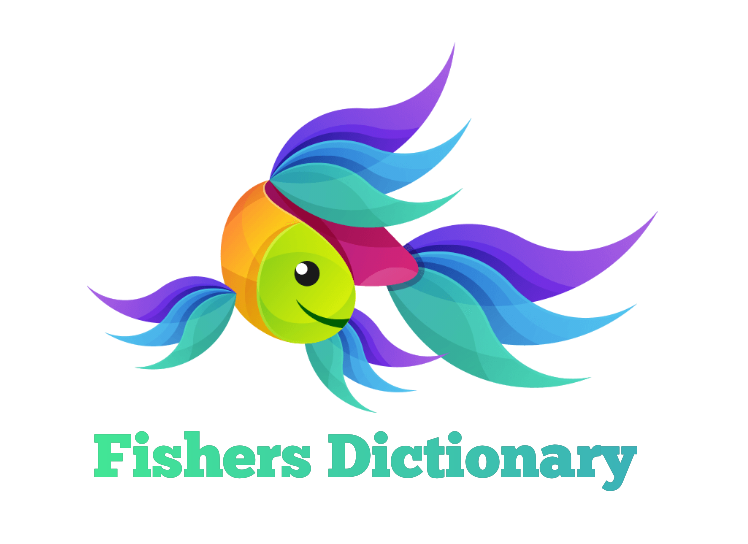Substrate in streams, rivers, lakes, and the ocean creates important fish habitat and plays an important role in multiple fish life history processes, daily activity, and prey availability. Substrate in aquatic habitats consists of surface and subsurface materials in the streambed, riverbed, or ocean bottom with different fish preferring different types of substrate.
In freshwater ecosystems, substrate is classified by particle size. For example, boulder is classified as substrate larger than 256 millimeters and very fine sand is classified as substrate between 0.0625 and 0.125 millimeters. Sea grass beds and coral reefs in ocean environments are also a very important substrate for marine fish. Fish rely on specific substrate types for spawning, predation, and shelter. For example, in Moreton Bay in Australia researchers found the double-ended pipefish, eastern trumpeter, and fan-bellied leatherjack all preferred vegetated substrate compared to bare sand substrate.
Changes in substrate can influence growth, survival, and recruitment of fish in aquatic ecosystems. Urbanization, land use, sedimentation, commercial fishing activities, and coral reef bleaching are all factors in shifting substrate habitat with potential negative impacts to fish populations. (fishionary.fisheries.org/substrate)







0 Comments